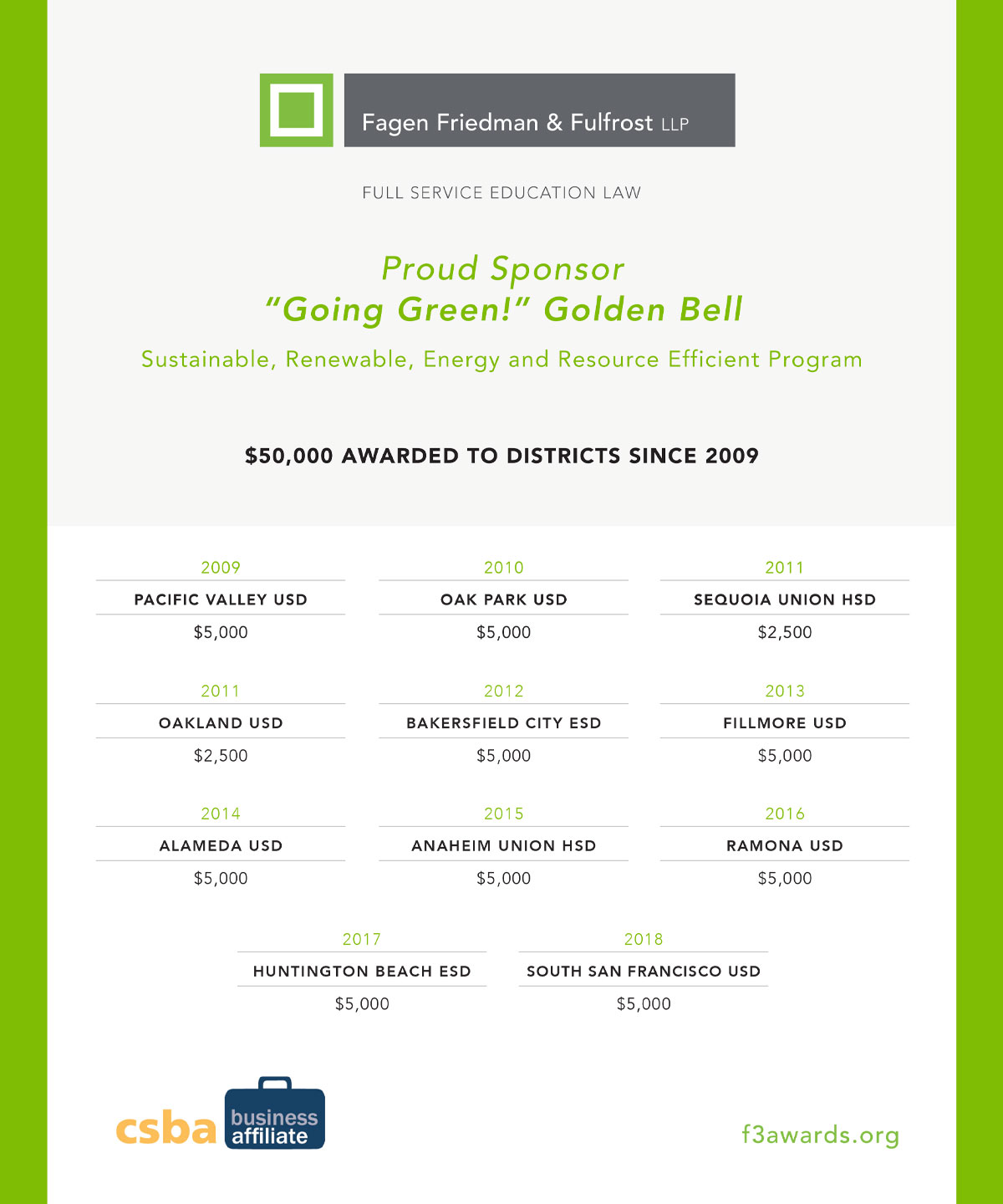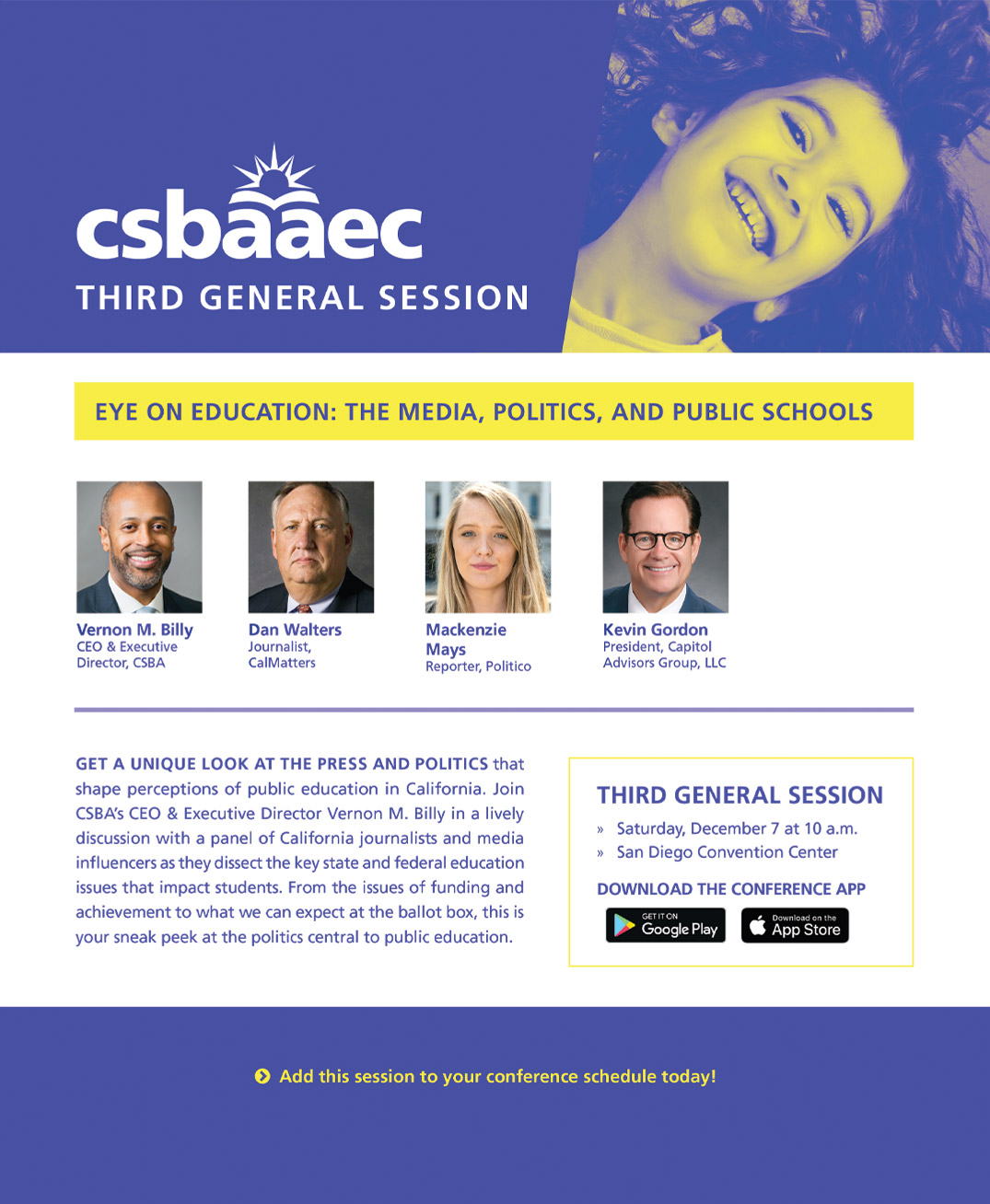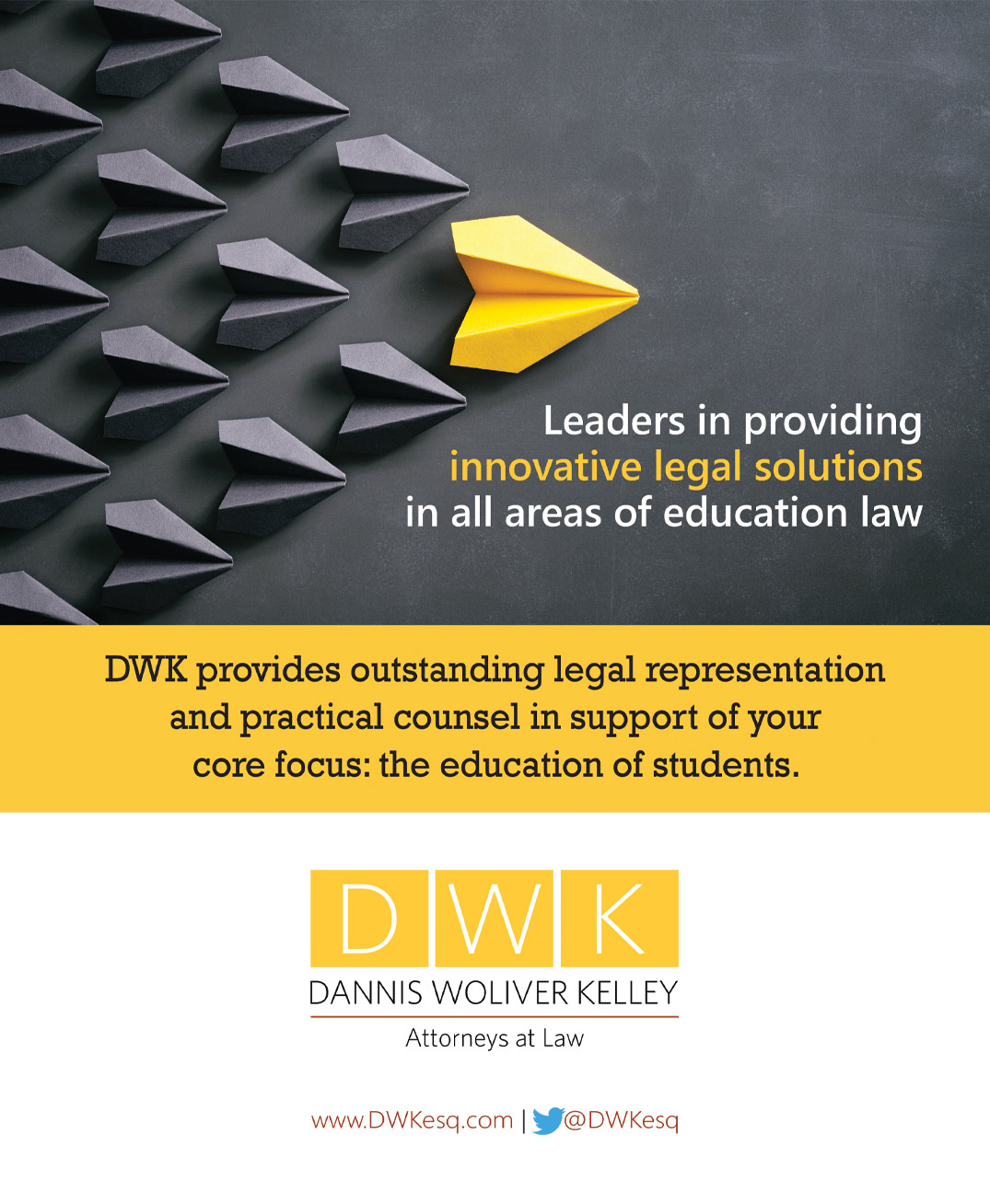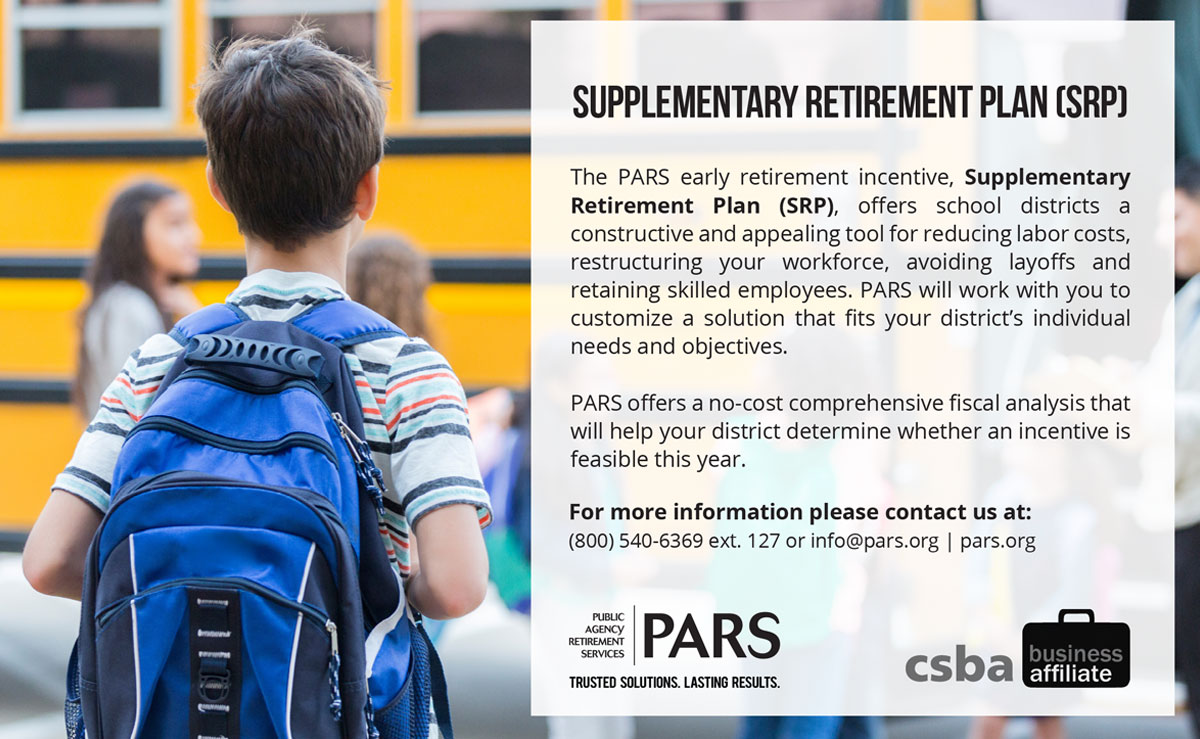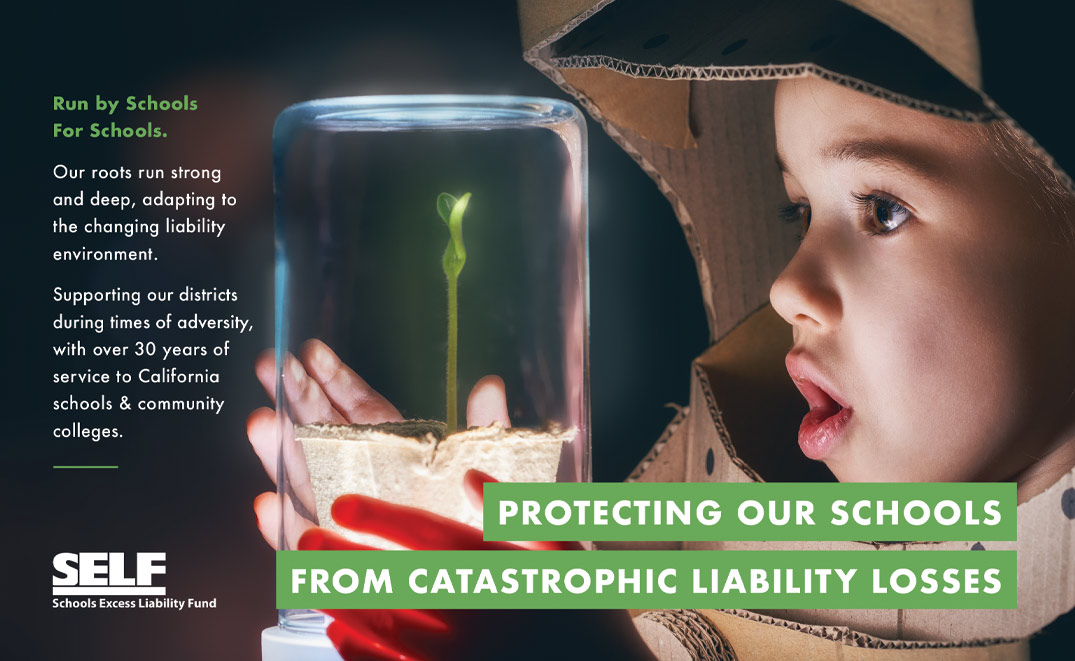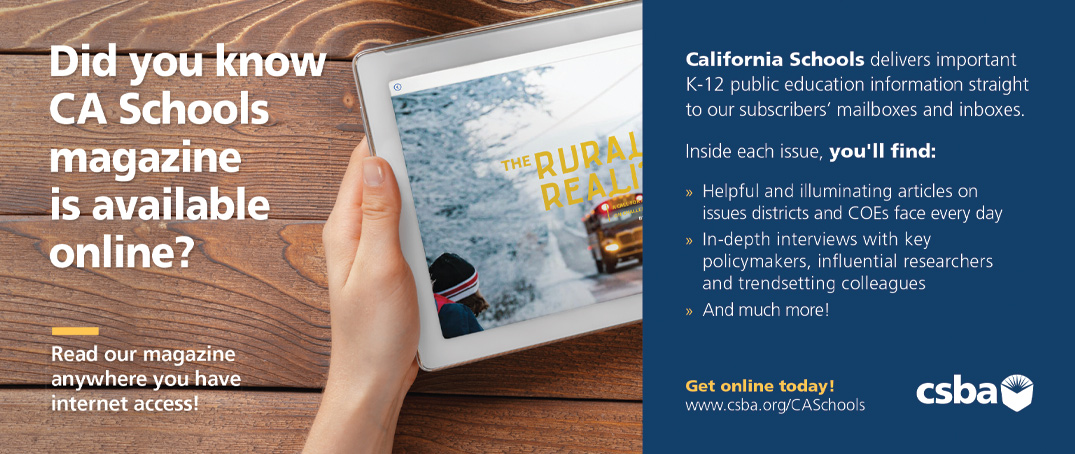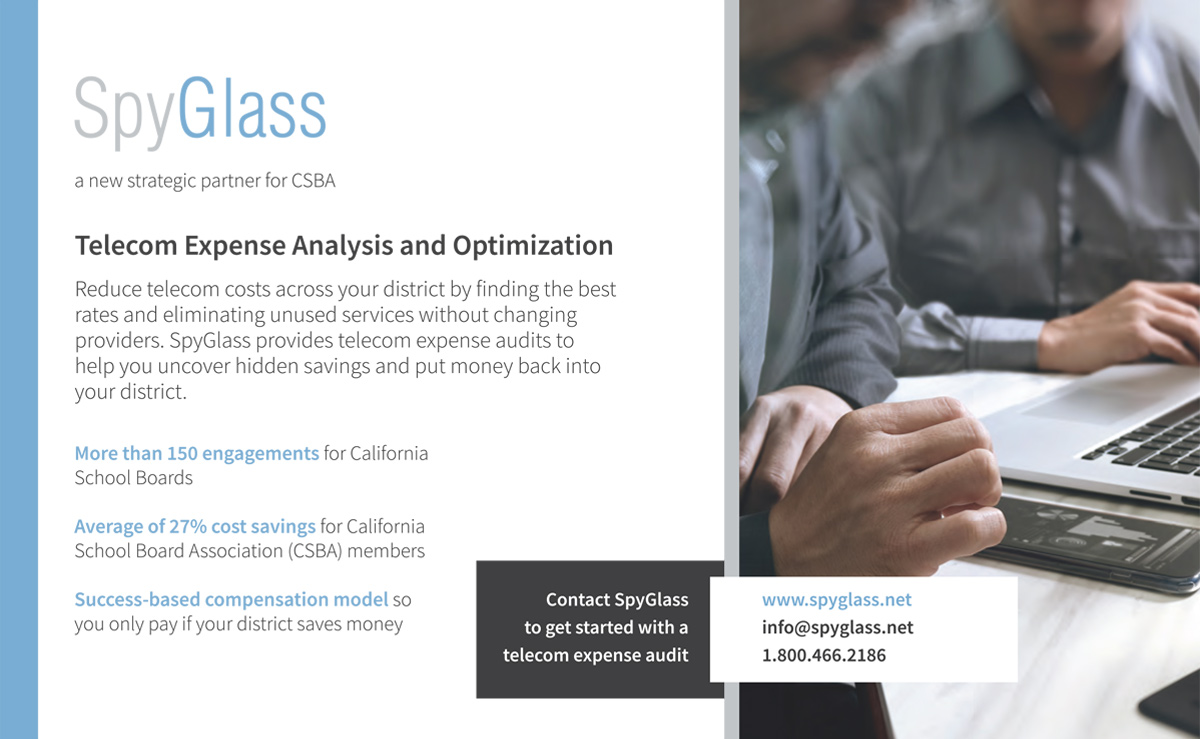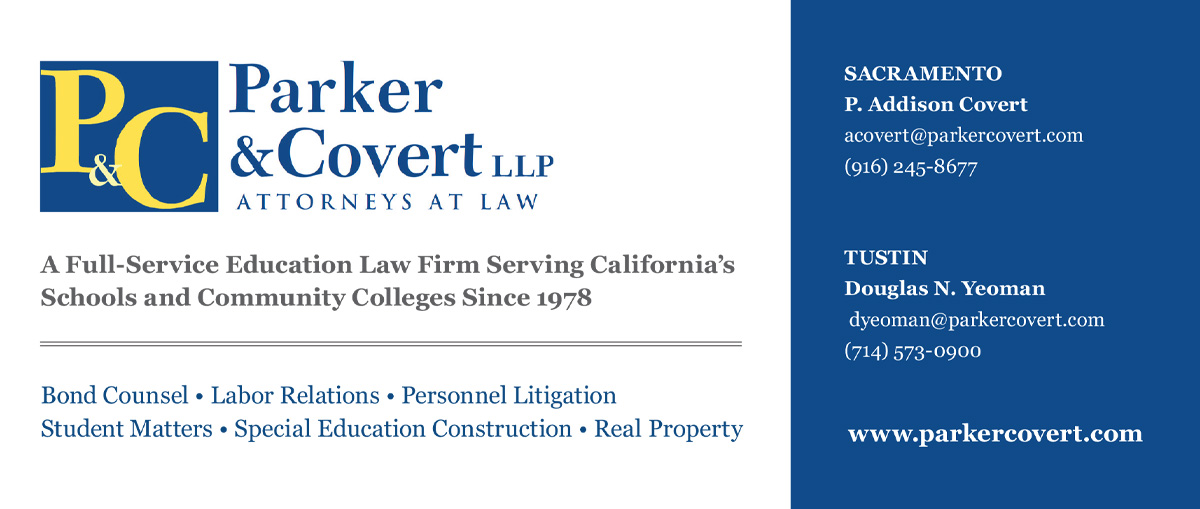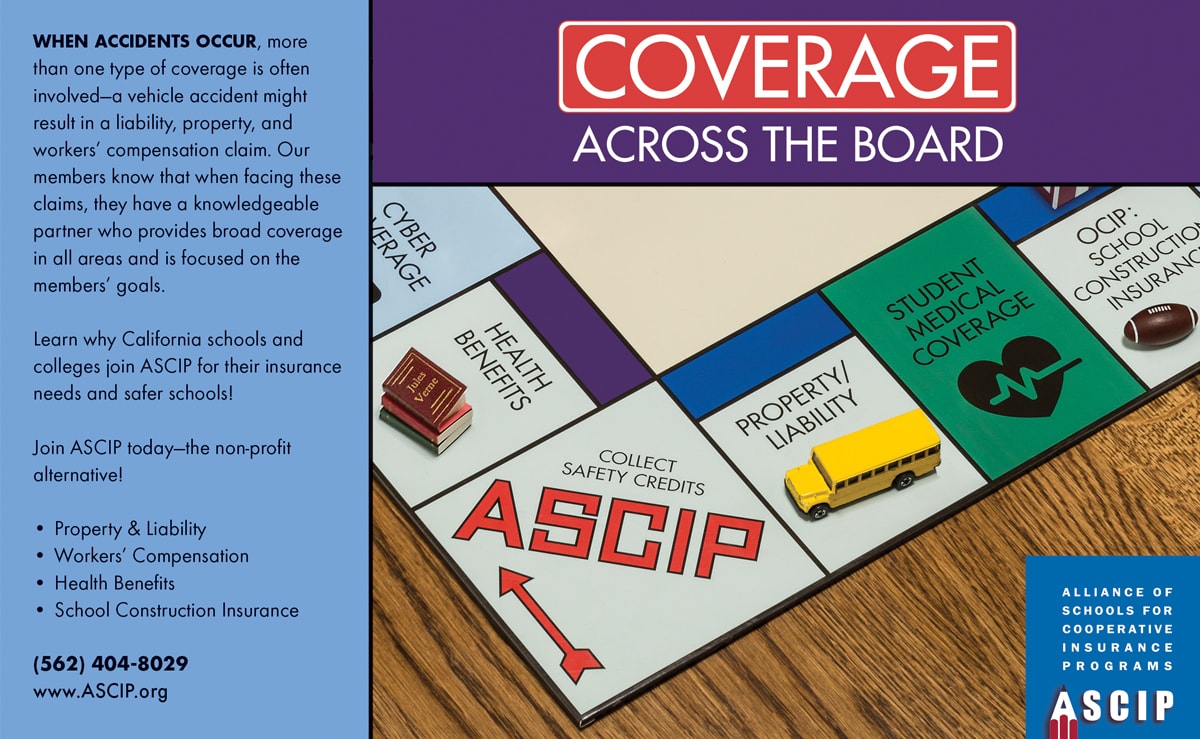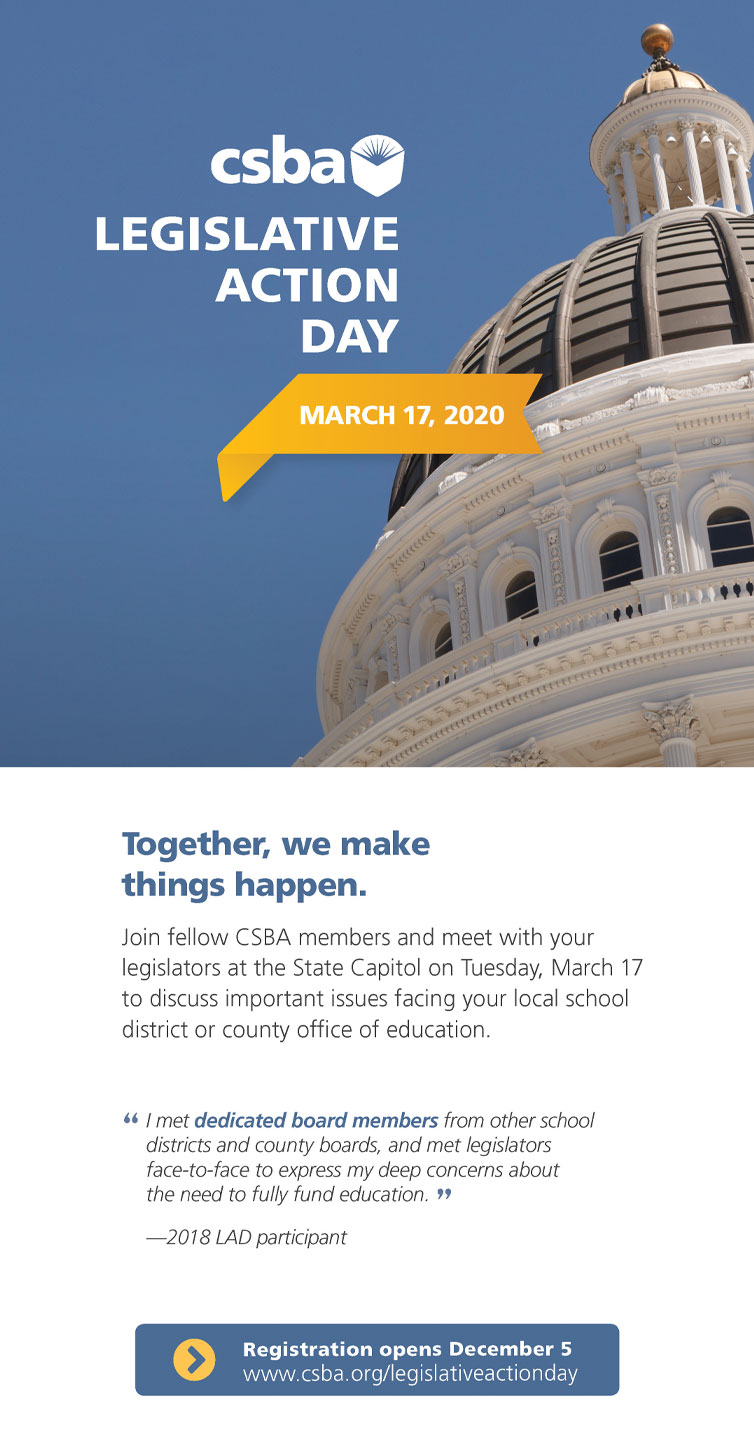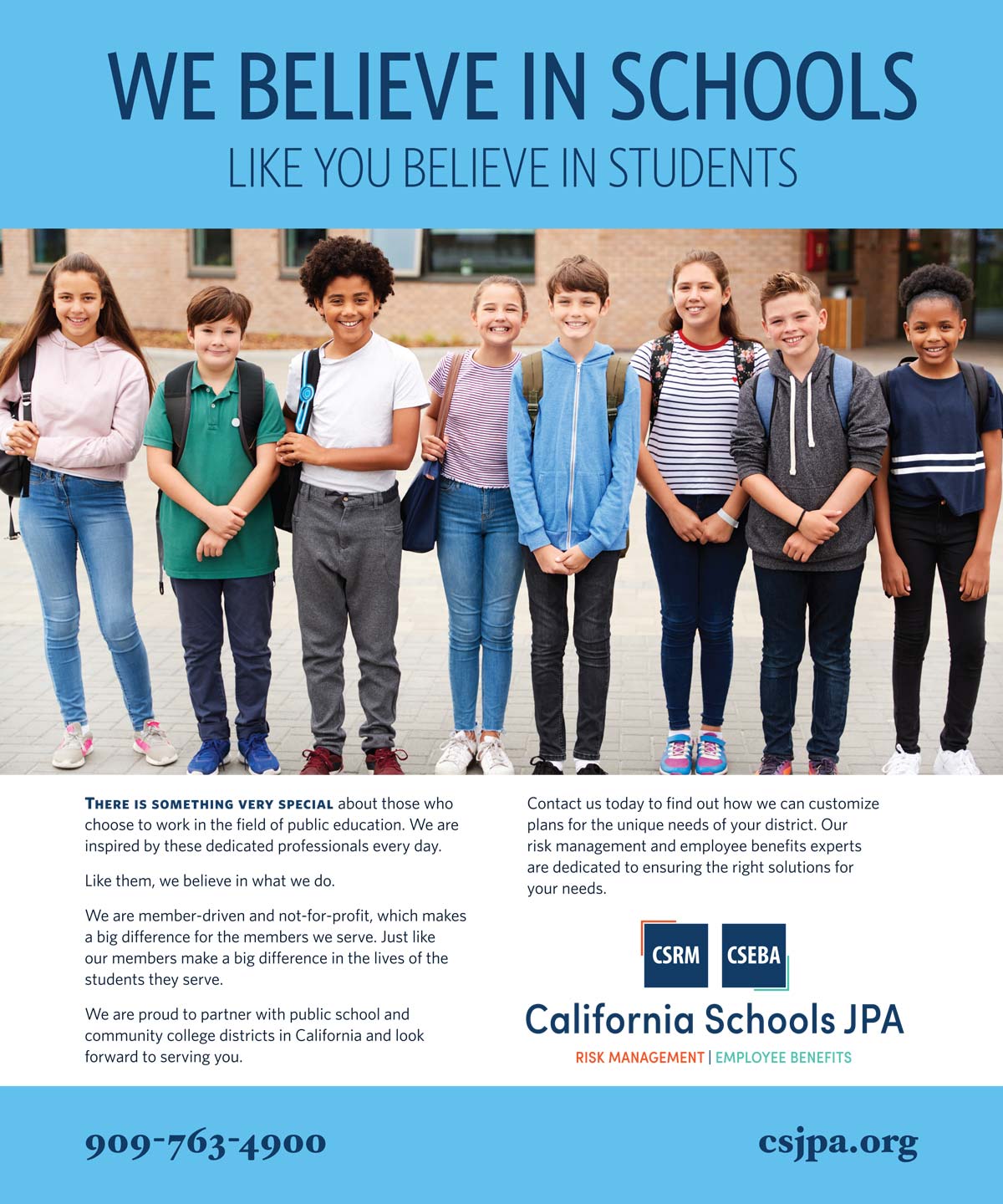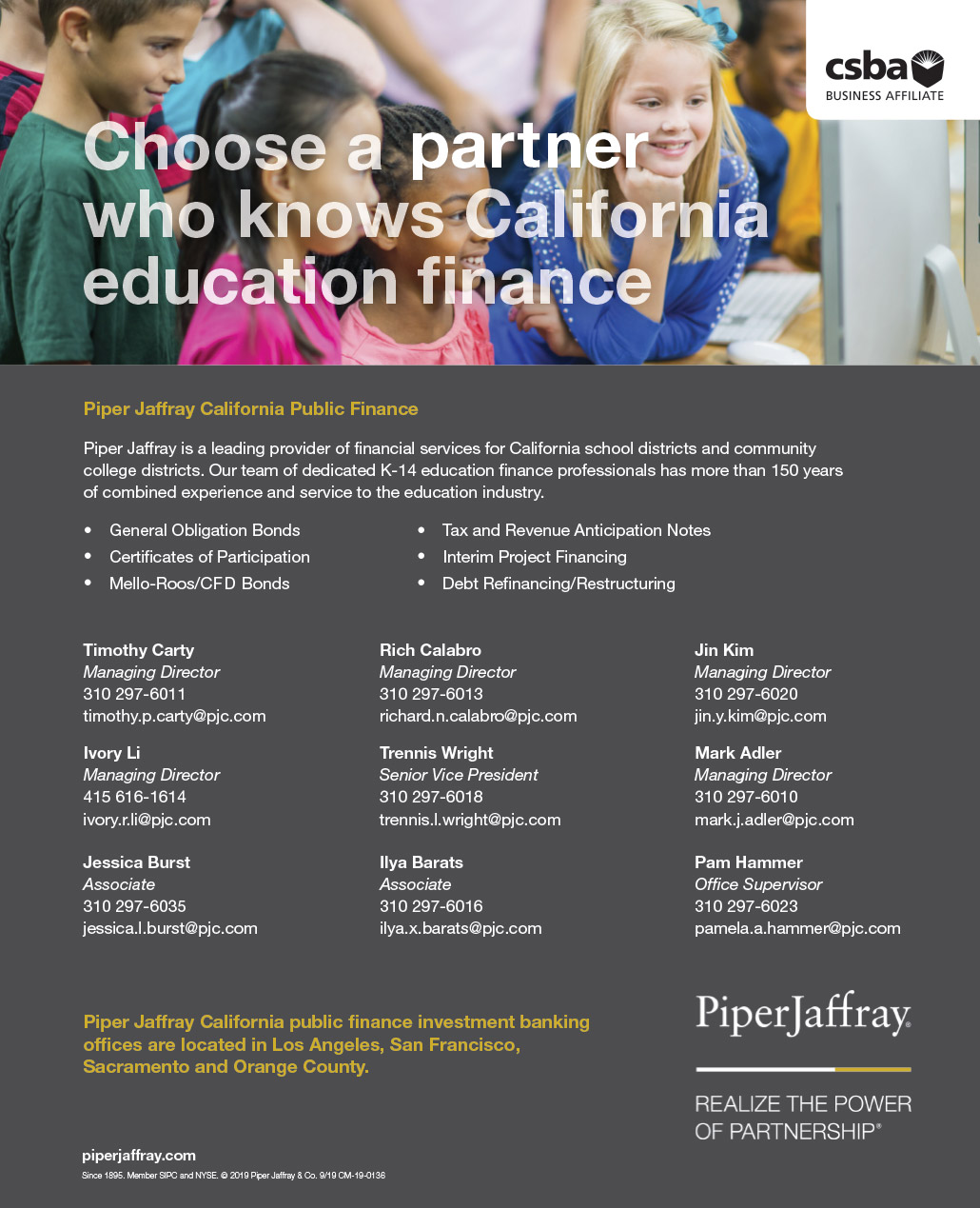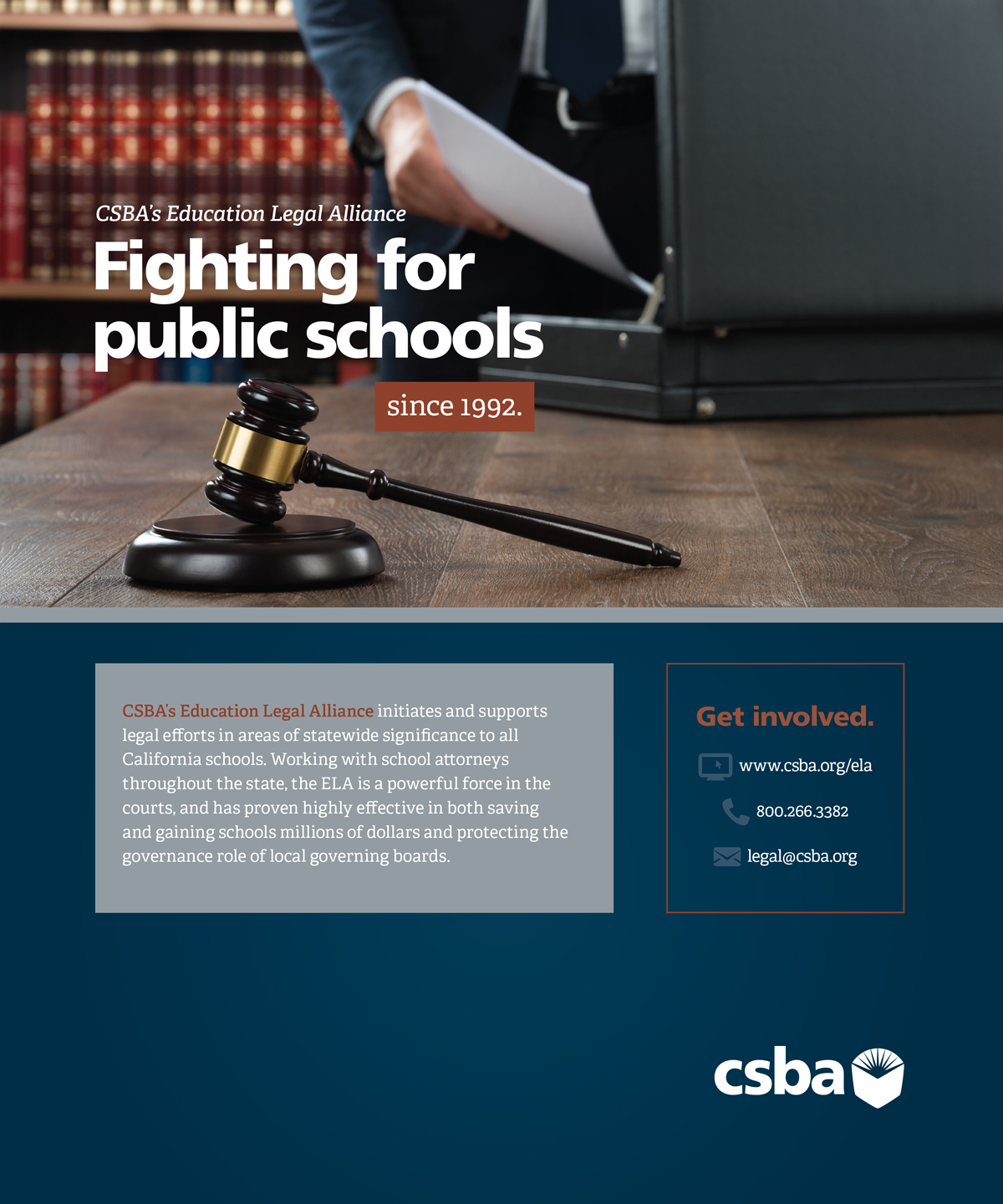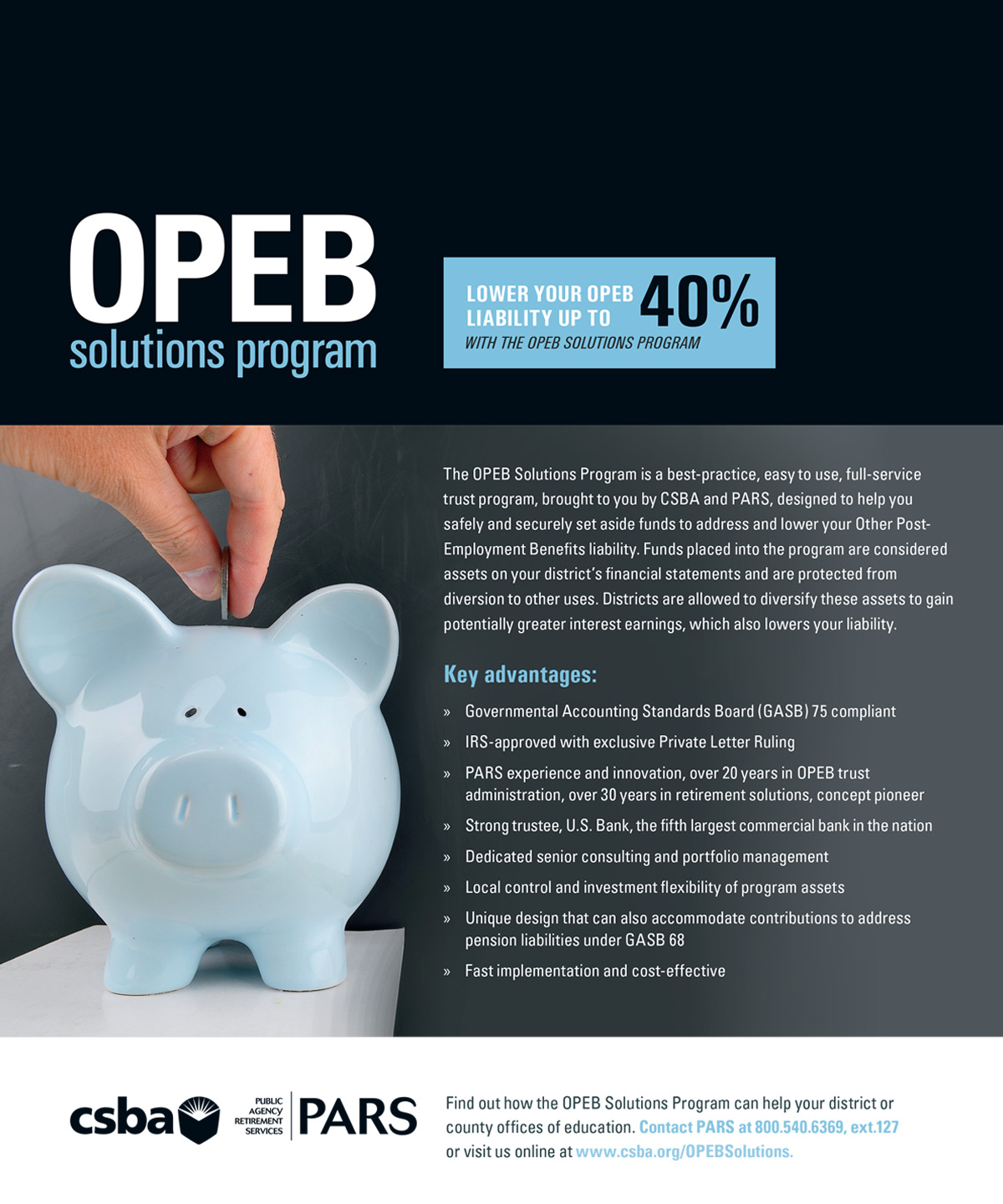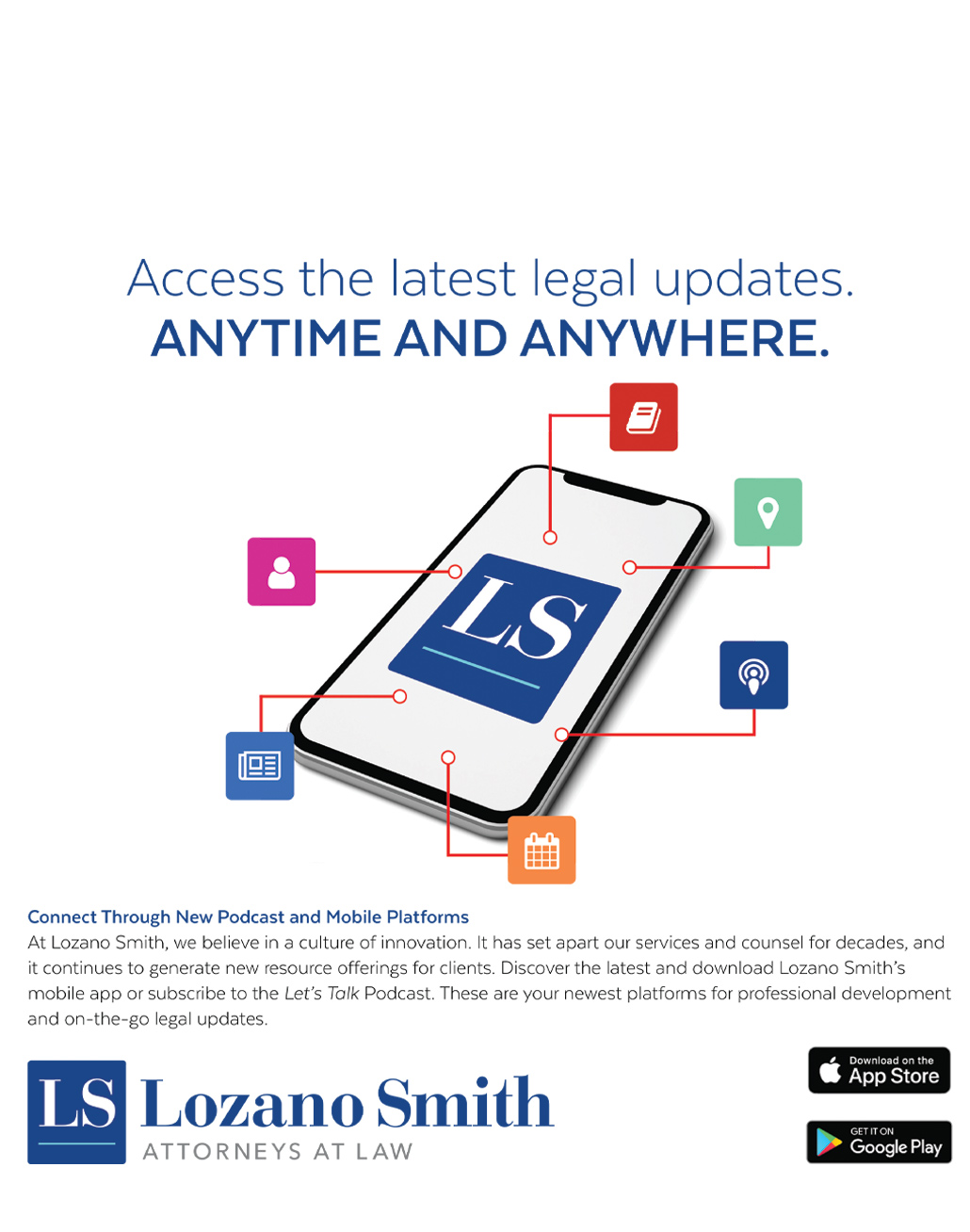
Winter 2019
by Andrew Cummins
by Aaron Davis
by Vernon M. Billy
by Steve Ladd, Teri Vigil and Arati Nagaraj
by Kathryn Meola
by Amy Boles
By Andrew Cummins
Interview with Walter Muneton
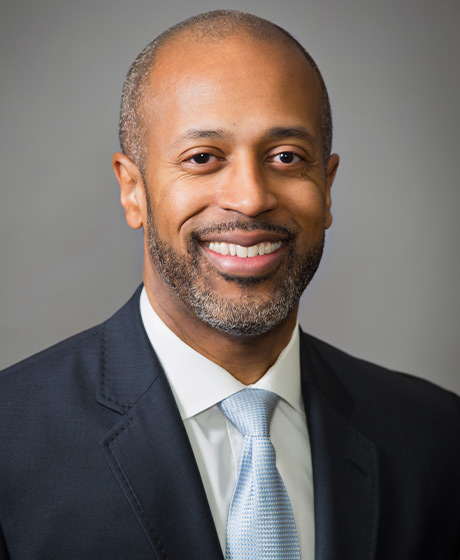
Our brains are fascinatingly powerful tools that have the capacity to go beyond our own imagination. The brain has an unsurpassed ability to create, interpret, suppress and disassociate ideas and feelings.
Recently, as I was sifting through my seemingly endless pile of paperwork, I came across several old articles I had flagged about the power and mysteries of the human brain. One article that caught my attention highlights the fact that every second of every day, roughly 100,000 chemical reactions occur in the brain. These chemical reactions can influence everything from happiness to depression, and ultimately how we interpret and cope with the rapid influx of information and experiences of daily life.

Region 1, Del Norte County US
Sherry Crawford
Region 2, Siskiyou COE
A.C. “Tony” Ubalde, Jr.
Region 3, Vallejo City USD
Paige Stauss
Region 4, Roseville Joint Union HSD
Alisa MacAvoy
Region 5, Redwood City ESD
Darrel Woo
Region 6, Sacramento City USD
Yolanda Peña Mendrek
Region 7, Liberty Union HSD
Matthew Balzarini
Region 8, Lammersville Joint USD
Region 9, Atascadero USD
Susan Markarian
Region 10, Pacific Union ESD
Suzanne Kitchens
Region 11, Pleasant Valley SD
William Farris
Region 12, Sierra Sands USD
Meg Cutuli
Region 15, Los Alamitos USD
Karen Gray
Region 16, Silver Valley USD
Vacant
Region 17
Wendy Jonathan
Region 18, Desert Sands USD
Region 20, Santa Clara USD
Kelly Gonez
Region 21, Los Angeles USD
Nancy Smith
Region 22, Palmdale SD
Helen Hall
Region 23, Walnut Valley USD
Donald E. LaPlante
Region 24, Downey USD
Crystal Martinez-Alire
Director-at-Large American Indian,
Elk Grove USD
Gino Kwok
Director-at-Large Asian/Pacific Islander,
Hacienda La Puente USD
Bettye Lusk
Director-at-Large African American,
Monterey Peninsula USD
Heidi Weiland
Director-at-Large County, El Dorado COE
Joaquín Rivera
Director-at-Large Hispanic, Alameda COE
Dana Dean
CCBE President, Solano COE
Chris Ungar
NSBA Director, San Luis Coastal USD

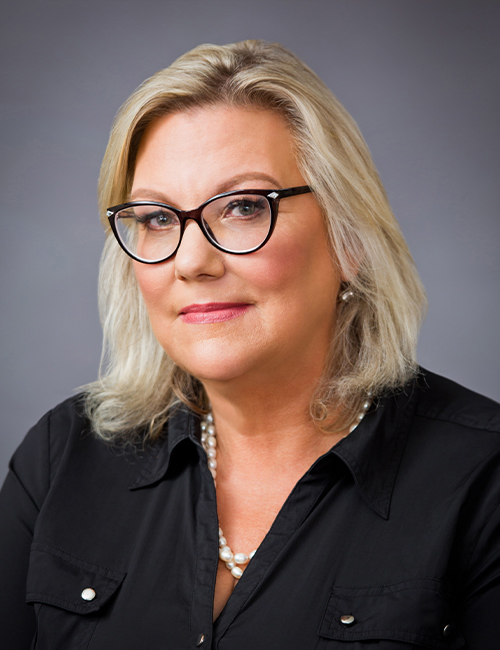

BoardWise is a forum for board members and superintendents across the state to share questions about governance and board-superintendent relations. Send your questions to boardwise@csba.org.
What are ways that our board can establish governance agreements and honor them to hold ourselves accountable?

Senior Director of Communications
Troy Flint, tflint@csba.org
Managing Editor
Kimberly Sellery, ksellery@csba.org
Marketing Director
Serina Pruitt, spruitt@csba.org
Staff Writers and Contributors
Andrew Cummins, acummins@csba.org
Alisha Kirby, akirby@csba.org
Aaron Davis, adavis@csba.org
Graphic Design Manager
Kerry Macklin, kmacklin@csba.org
Senior Graphic Designer
Mauricio Miranda, mmiranda@csba.org
Circulation and Advertising
csba@csba.org
Emma Turner, La Mesa-Spring Valley SD
President-elect
Xilonin Cruz-Gonzalez, Azusa USD
Vice President
Tamara Otero, Cajon Valley Union SD
Immediate Past President
Mike Walsh, Butte COE
CEO & Executive Director
Vernon M. Billy
Articles submitted to California Schools are edited for style, content and space prior to publication. Views expressed are those of the authors and do not necessarily represent CSBA policies or positions. Articles may not be reproduced without written permission of the publisher. Endorsement by CSBA of products and services advertised in California Schools is not implied or expressed.

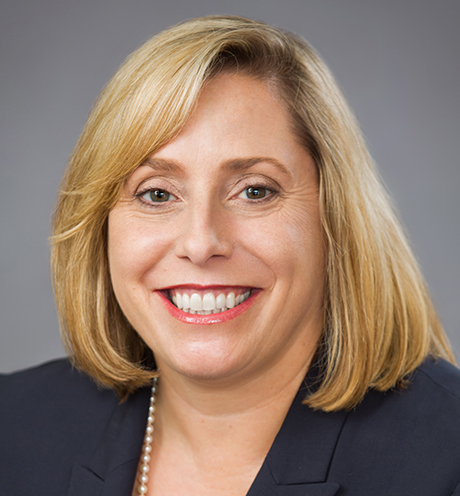
here is an expectation that come Jan. 1, 2020, AB 218 (Gonzalez, D-San Diego) — which expands the statute of limitations for filing claims of childhood sexual assault — will result in the filing of many civil actions against school districts and county offices of education. Local educational agencies (LEAs) should prepare themselves to receive childhood sexual assault claims from the past, as well as going forward.
This new law not only allows for a much greater expansion of the statute of limitations resulting in claims that may be filed decades later, it also requires LEAs to take reasonable steps or implement reasonable safeguards to avoid acts of childhood sexual assault when district employees are on notice or had reason to know of such a risk.
Best practices in action
Best practices in action
At the beginning of 2018, the Contra Costa County Office of Education was looking to identify a focus for its next countywide initiative. The COE met with representatives from each of the county’s 18 school districts and found many were looking for support in addressing school violence and student mental health and wellness. In March 2018, the Contra Costa county office decided on a “Safe Schools for All” initiative.
The next step was to survey programs that could help address the critical issues that would create meaningful support countywide and that districts could take ownership of. The county office identified the nonprofit organization Sandy Hook Promise — recommended to the county by then-State Assemblymember Tony Thurmond of Richmond (now State Superintendent of Public Instruction) — after deciding its Know the Signs programs were the right fit for the county.

n November 2016, California voters overwhelmingly passed Proposition 58, a state ballot initiative that creates more opportunities for students to become bilingual and biliterate. The measure passed with 73.5 percent of the vote and was supported across all 58 counties.
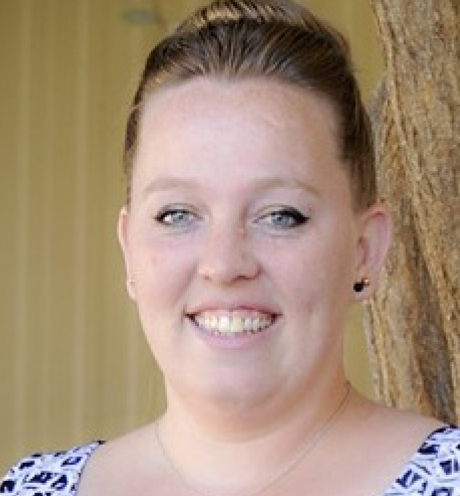
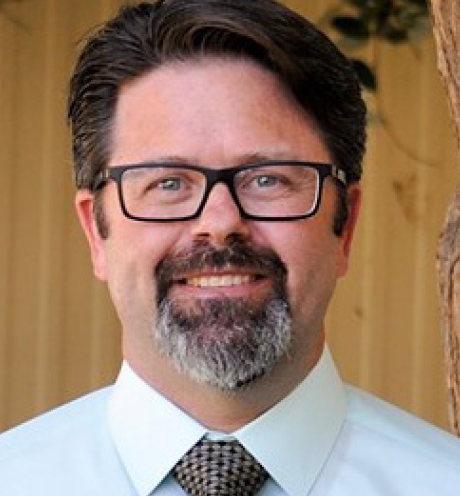
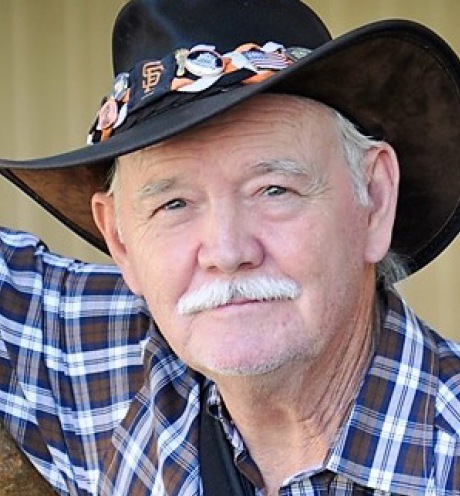
mid all the chaos, loss and grief impacting their family, friends and community during and after the Camp Fire, a top priority has persisted for Paradise Unified School District board members — providing students with a place to attend school in the town they call home. “We did not want to shut down,” board member Rich Gingery Jr. recalled. “That was the talk in the beginning. And we as a board said, ‘no, we’re not going anywhere.’”
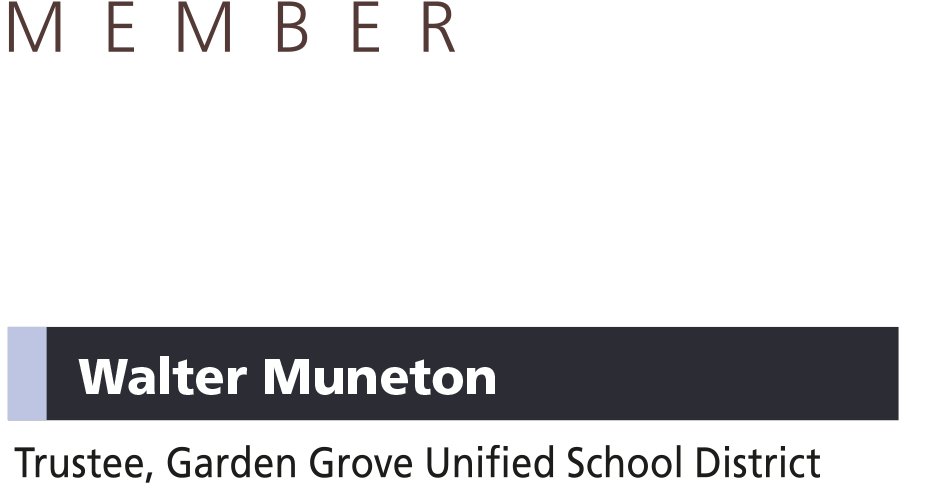
What inspired you to become a school board member?
I was inspired to serve as a board member through my own experiences as a student of the Garden Grove Unified School District. I was an “at-risk youth” who struggled academically and always found myself being disciplined by school administrators. After I graduated, I knew I wanted to help all students achieve their dreams. Soon after graduating from college, I knew that I would run for school board to be a representative for the underserved.
What unique perspective do you bring to the table as a professional social worker?
As a social worker, I am able to focus in on student’s social-emotional growth. I understand that academics are important, however, I am also aware that a student cannot concentrate on their studies when they may be dealing with extreme poverty, mental illness, etc. One of my first actions as a school board member was to start a pilot school social worker program, which led to our district hiring the first cohort of social workers. I have also championed our “Be Well Campaign,” which will increase our focus on educating our students, families and staff about general wellness awareness, stigma reduction for mental illness (including seeking treatment) and methods to refer individuals for additional support when needed.
What do you see as the role of public education?
I see the role of K-12 public education as a platform for students to grow academically as well as personally. Whether it be through preparation for college or a career, the goal is to help students find a passion that they are truly happy about.
Who inspired you when you were growing up?
My inspiration growing up was my high school history teacher, Loan Wu. She helped me find my confidence and challenged me to be the best Walter I could be. Teachers are amazing, and to this day, I always credit my favorite educator, Dr. Loan Wu.
What do you see as the biggest issues facing schools today?
I firmly believe that public schools are under attack from special interests and politicians who have never stepped inside of a public school classroom. As a nation, I believe we must invest in our neighborhood schools and stop attacking teachers.
What advice do you have for new or aspiring school board members?
I would suggest visiting as many classrooms as possible, hosting community meetings and talking to the students. This allows new board members to be fully ingrained in the community and make the best decisions that impact students, families and communities.


What inspired you to become a school board member?
I was inspired to serve as a board member through my own experiences as a student of the Garden Grove Unified School District. I was an “at-risk youth” who struggled academically and always found myself being disciplined by school administrators. After I graduated, I knew I wanted to help all students achieve their dreams. Soon after graduating from college, I knew that I would run for school board to be a representative for the underserved.
What unique perspective do you bring to the table as a professional social worker?
As a social worker, I am able to focus in on student’s social-emotional growth. I understand that academics are important, however, I am also aware that a student cannot concentrate on their studies when they may be dealing with extreme poverty, mental illness, etc. One of my first actions as a school board member was to start a pilot school social worker program, which led to our district hiring the first cohort of social workers. I have also championed our “Be Well Campaign,” which will increase our focus on educating our students, families and staff about general wellness awareness, stigma reduction for mental illness (including seeking treatment) and methods to refer individuals for additional support when needed.
What do you see as the role of public education?
I see the role of K-12 public education as a platform for students to grow academically as well as personally. Whether it be through preparation for college or a career, the goal is to help students find a passion that they are truly happy about.
Who inspired you when you were growing up?
My inspiration growing up was my high school history teacher, Loan Wu. She helped me find my confidence and challenged me to be the best Walter I could be. Teachers are amazing, and to this day, I always credit my favorite educator, Dr. Loan Wu.
What do you see as the biggest issues facing schools today?
I firmly believe that public schools are under attack from special interests and politicians who have never stepped inside of a public school classroom. As a nation, I believe we must invest in our neighborhood schools and stop attacking teachers.
What advice do you have for new or aspiring school board members?
I would suggest visiting as many classrooms as possible, hosting community meetings and talking to the students. This allows new board members to be fully ingrained in the community and make the best decisions that impact students, families and communities.

For some, the process offers a new tool to bolster already-strong parent and community relationships. For others, the phrase has proven more challenging, representing a goal that can seem somewhat intangible, serving as more of a compliance checkpoint in the annual cycle of prioritizing academic services and identifying funding.
Concerns and questions about what constitutes stakeholder engagement have addressed issues such as reaching parents and community members beyond the “usual suspects” involved in school activities and groups, balancing input and suggestions with program and budgetary limitations, and, particularly in smaller districts, finding staff with the time and expertise to lead engagement efforts.


For some, the process offers a new tool to bolster already-strong parent and community relationships. For others, the phrase has proven more challenging, representing a goal that can seem somewhat intangible, serving as more of a compliance checkpoint in the annual cycle of prioritizing academic services and identifying funding.
Concerns and questions about what constitutes stakeholder engagement have addressed issues such as reaching parents and community members beyond the “usual suspects” involved in school activities and groups, balancing input and suggestions with program and budgetary limitations, and, particularly in smaller districts, finding staff with the time and expertise to lead engagement efforts.

who attend the same middle school act out in similar ways — they were texting or doodling in class instead of taking notes, despite repeated warnings — and both are sent to the principal’s office. One child’s parents are called and a meeting is scheduled to discuss how his misbehaviors can be better addressed, or if there is something happening at home that is affecting his behavior in school. The second student’s parents receive a very different phone call — a parent or guardian needs to pick the boy up now, and he is being suspended for two days. This is his second suspension of the year for minor infractions.
who attend the same middle school act out in similar ways — they were texting or doodling in class instead of taking notes, despite repeated warnings — and both are sent to the principal’s office. One child’s parents are called and a meeting is scheduled to discuss how his misbehaviors can be better addressed, or if there is something happening at home that is affecting his behavior in school. The second student’s parents receive a very different phone call — a parent or guardian needs to pick the boy up now, and he is being suspended for two days. This is his second suspension of the year for minor infractions.







who attend the same middle school act out in similar ways — they were texting or doodling in class instead of taking notes, despite repeated warnings — and both are sent to the principal’s office. One child’s parents are called and a meeting is scheduled to discuss how his misbehaviors can be better addressed, or if there is something happening at home that is affecting his behavior in school. The second student’s parents receive a very different phone call — a parent or guardian needs to pick the boy up now, and he is being suspended for two days. This is his second suspension of the year for minor infractions.
who attend the same middle school act out in similar ways — they were texting or doodling in class instead of taking notes, despite repeated warnings — and both are sent to the principal’s office. One child’s parents are called and a meeting is scheduled to discuss how his misbehaviors can be better addressed, or if there is something happening at home that is affecting his behavior in school. The second student’s parents receive a very different phone call — a parent or guardian needs to pick the boy up now, and he is being suspended for two days. This is his second suspension of the year for minor infractions.

 this example, the only evident difference between the two students is their race. Nearly 10 years ago, the U.S. Department of Education reported that African American students across the country were 31 percent more likely to be disciplined for the same discretionary violation as white students. In 2018, upon finding highly disparate discipline rates based on race continued to exist, the U.S. Government Accounting Office reported that “implicit bias on the part of teachers and staff may cause them to judge students’ behaviors differently based on the students’ race and sex.”
this example, the only evident difference between the two students is their race. Nearly 10 years ago, the U.S. Department of Education reported that African American students across the country were 31 percent more likely to be disciplined for the same discretionary violation as white students. In 2018, upon finding highly disparate discipline rates based on race continued to exist, the U.S. Government Accounting Office reported that “implicit bias on the part of teachers and staff may cause them to judge students’ behaviors differently based on the students’ race and sex.”
These findings reflect the reality in California public schools as well. While African American students account for less than 6 percent of the state’s public school enrollment, they account for 17.8 percent of students who are suspended and 14.1 percent of those who are expelled, according to a 2018 study by researchers at the University of California, Los Angeles and San Diego State University.



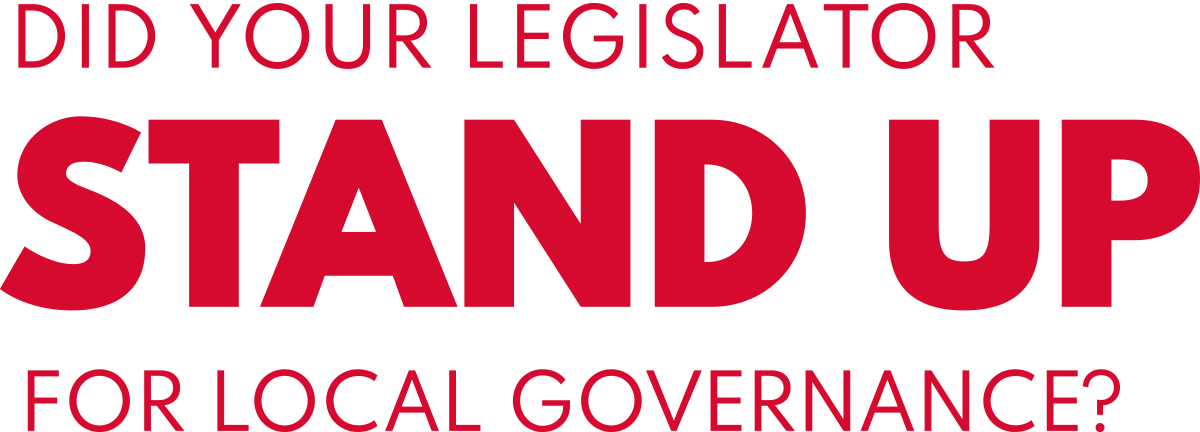
In 2018, the Legislature sent a total of 1,217 bills to then-Gov. Jerry Brown’s desk for his consideration in his final year. That was a notably hefty stack of legislation, even for the second year of a two-year legislative session; it is typical to see a higher count of bills passed in the second year of a session than in the first.
In 2019, Gavin Newsom’s first year as governor and the first year of a new two-year session, it would appear the Senate and Assembly were quite eager to throw all they could his way to see what would stick — a total of 1,341 bills. That does not include measures that were introduced and not passed, many of which can still be passed in 2020 (more on this later).
While only a fraction of these bills affect education, it’s time now for CSBA’s annual look at how your Senators and Assemblymembers voted on key legislation that will impact public schools.



In 2018, the Legislature sent a total of 1,217 bills to then-Gov. Jerry Brown’s desk for his consideration in his final year. That was a notably hefty stack of legislation, even for the second year of a two-year legislative session; it is typical to see a higher count of bills passed in the second year of a session than in the first.
In 2019, Gavin Newsom’s first year as governor and the first year of a new two-year session, it would appear the Senate and Assembly were quite eager to throw all they could his way to see what would stick — a total of 1,341 bills. That does not include measures that were introduced and not passed, many of which can still be passed in 2020 (more on this later).
While only a fraction of these bills affect education, it’s time now for CSBA’s annual look at how your Senators and Assemblymembers voted on key legislation that will impact public schools.
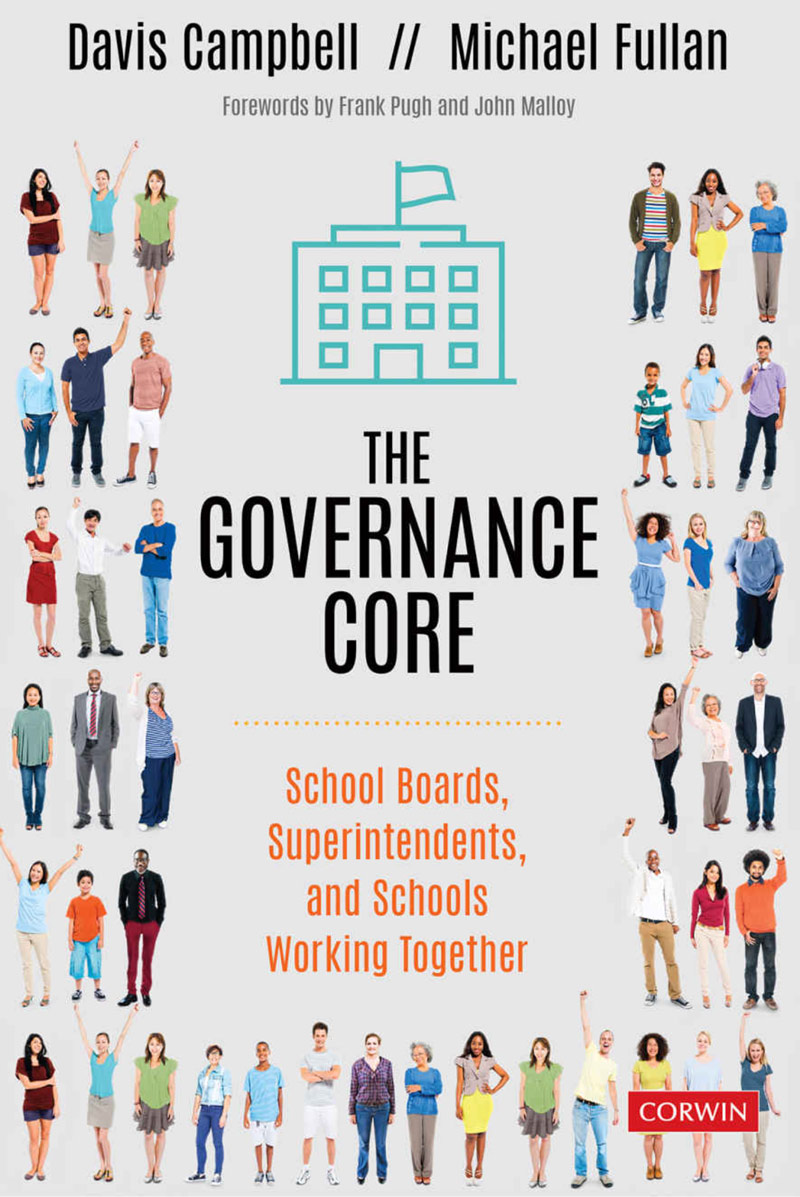
California Schools posed the following questions to the authors to gain insights on effective school board governance.
Thank you
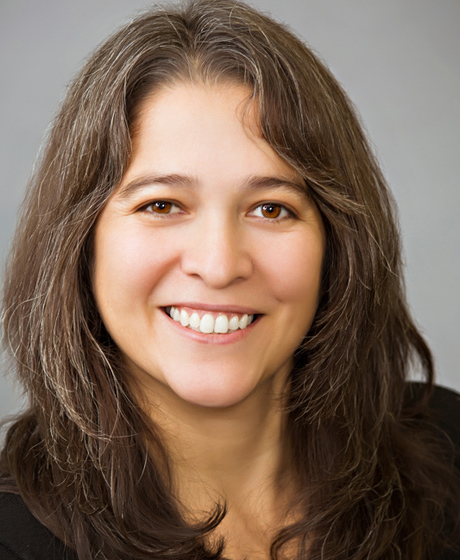
ilonin Cruz-Gonzalez is a trustee of the Azusa Unified School District in east Los Angeles County. Now in her 18th year as a school board member, Cruz-Gonzalez has been an active member of CSBA, and has served as President-elect, Vice President and on the CSBA Board of Directors representing the greater San Gabriel Valley.
(Required by 39 U.S.C. 3685)
West Sacramento, CA 95691
West Sacramento, CA 95691
3251 Beacon Boulevard
West Sacramento, CA 95691
3251 Beacon Boulevard
West Sacramento, CA 95691
Total no. copies (net press run)
9,135
10,342
Paid/requested outside-county mail subscriptions stated on Form 3541
8,826
10,302
Paid in-county subscriptions stated on Form 3541
59
40
Sales through dealers and carriers, street vendors, counter sales, and other non-USPS paid distribution
0
0
Other classes mailed through the USPS
0
0
Total paid and/or requested circulation
8,885
10,342
Total paid and/or requested circulation
0
0
In-county as stated on Form 3541
0
0
Other Classes Mailed through the USPS
0
0
Free distribution outside the mail
0
0
Total free distribution
0
0
Total paid and/or requested circulation
8,885
10,342
Copies not distributed
251
0
TOTAL
9,136
10,342
Percent paid and/or requested circulation
100%
100%
I certify that the statements made by me above are correct and complete:
Kimberly Sellery, Managing Editor




